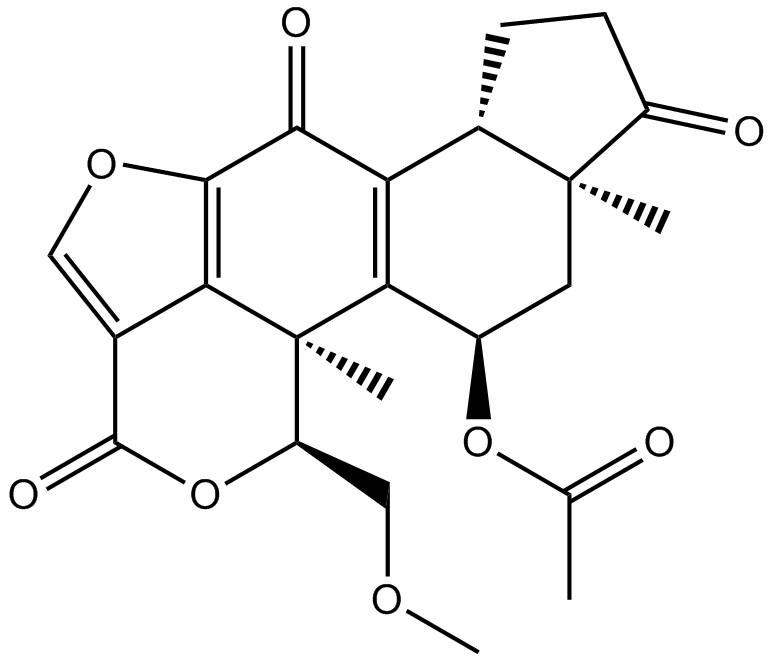PLK
PLK (Polo-like kinase 1) is a serine/threonine-protein that are implicated in cell cycle, mitosis, cytokinesis and DNA damage etc.
Products for PLK
- Cat.No. Product Name Information
-
GC62728
(1E)-CFI-400437 dihydrochloride
(1E)-CFI-400437 dihydrochloride is a potent PLK4 (IC50= 0.6 nM) inhibitor and selective against other members of the PLK family (>10 μM). (1E)-CFI-400437 dihydrochloride inhibits Aurora A, Aurora B, KDR and FLT-3 with IC50s of 0.37, 0.21, 0.48, and 0.18 μM, respectively. Antiproliferative activity.
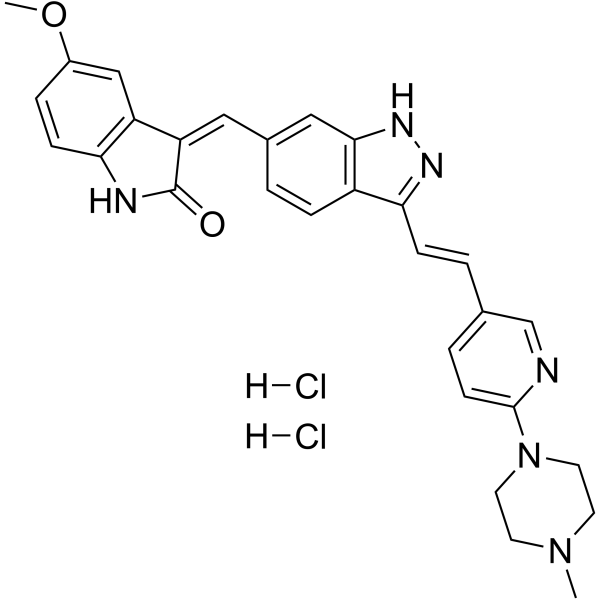
-
GC14186
3MB-PP1
polo-like kinase 1 (Plk1) allele inhibitor,ATP-competitive
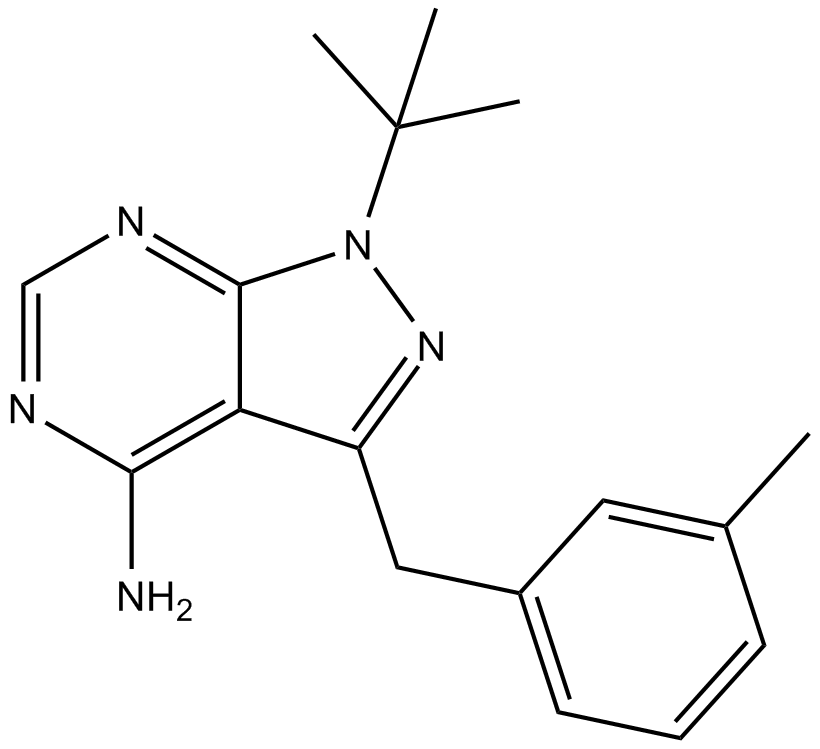
-
GC35216
AAPK-25
AAPK-25 is a potent and selective Aurora/PLK dual inhibitor with anti-tumor activity, which can cause mitotic delay and arrest cells in a prometaphase, reflecting by the biomarker histone H3Ser10 phosphorylation and followed by a surge in apoptosis. AAPK-25 targets Aurora-A, -B, and -C with Kd values ranging from 23-289 nM, as well as PLK-1, -2, and -3 with Kd values ranging from 55-456 nM.
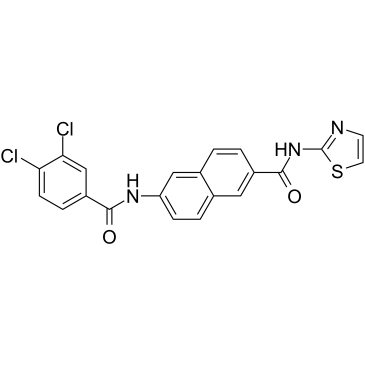
-
GC11224
BI6727(Volasertib)
BI6727(Volasertib) (BI 6727) is an orally active, highly potent and ATP-competitive Polo-like kinase 1 (PLK1) inhibitor with an IC50 of 0.87 nM. BI6727(Volasertib) inhibits PLK2 and PLK3 with IC50s of 5 and 56 nM, respectively. BI6727(Volasertib) induces mitotic arrest and apoptosis. BI6727(Volasertib), a dihydropteridinone derivative, shows marked antitumor activity in multiple cancer models.
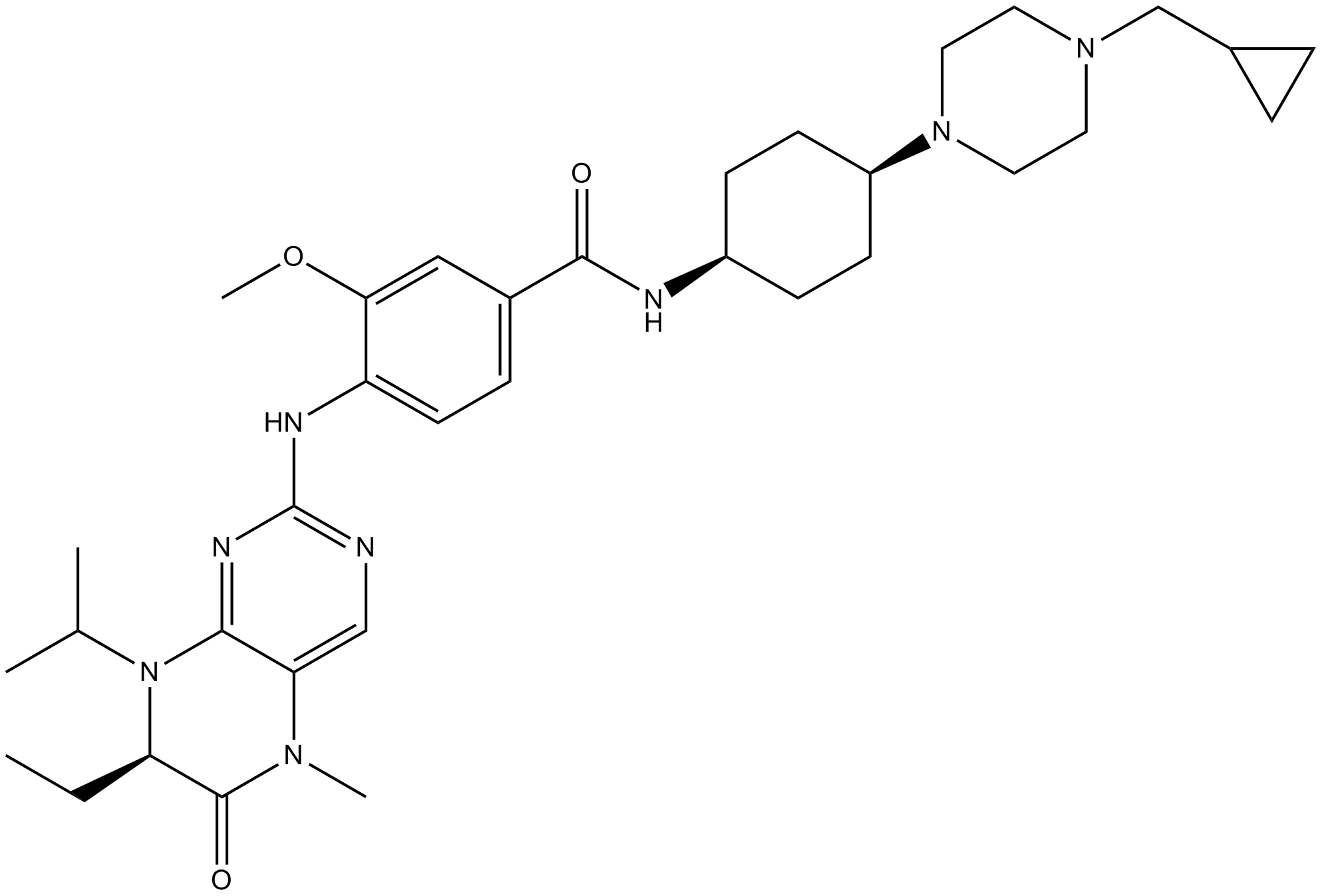
-
GC32688
Centrinone (LCR-263)
Centrinone (LCR-263) (LCR-263) is a selective and reversible inhibitor of polo-like kinase 4 (PLK4) with a Ki of 0.16 nM.
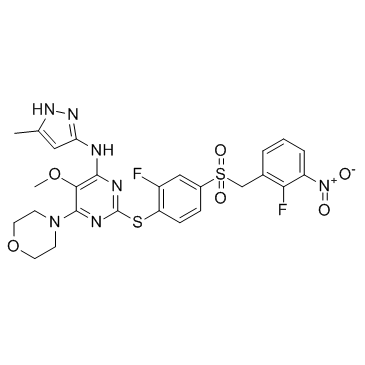
-
GC32751
Centrinone-B (LCR-323)
Centrinone-B (LCR-323) (LCR-323) is a potent and highly selective PLK4 inhibitor, with a Ki of 0.59 nM.
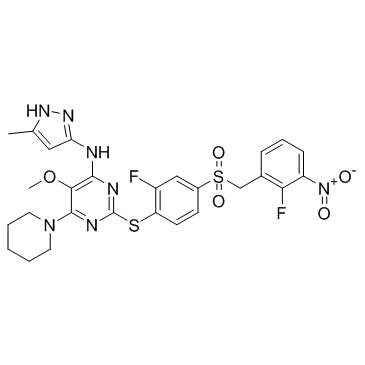
-
GC13606
CFI-400945
orally available, selective inhibitor of polo-like kinase 4 (PLK4)
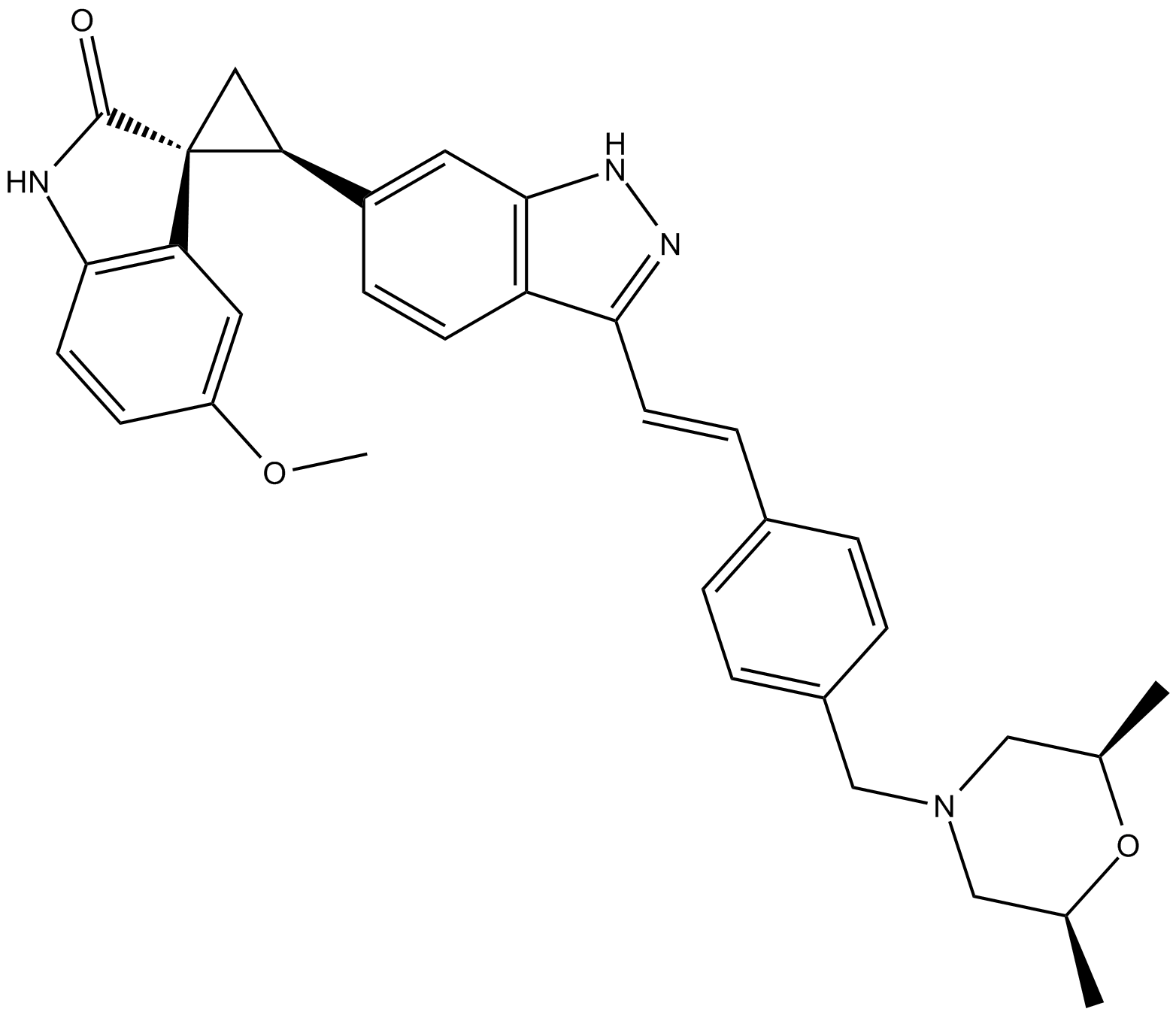
-
GC35660
CFI-400945 free base
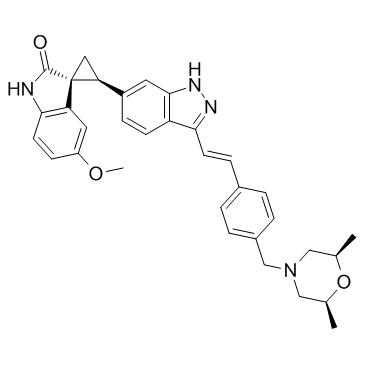
-
GC13268
Cyclapolin 9
PLK1 inhibitor
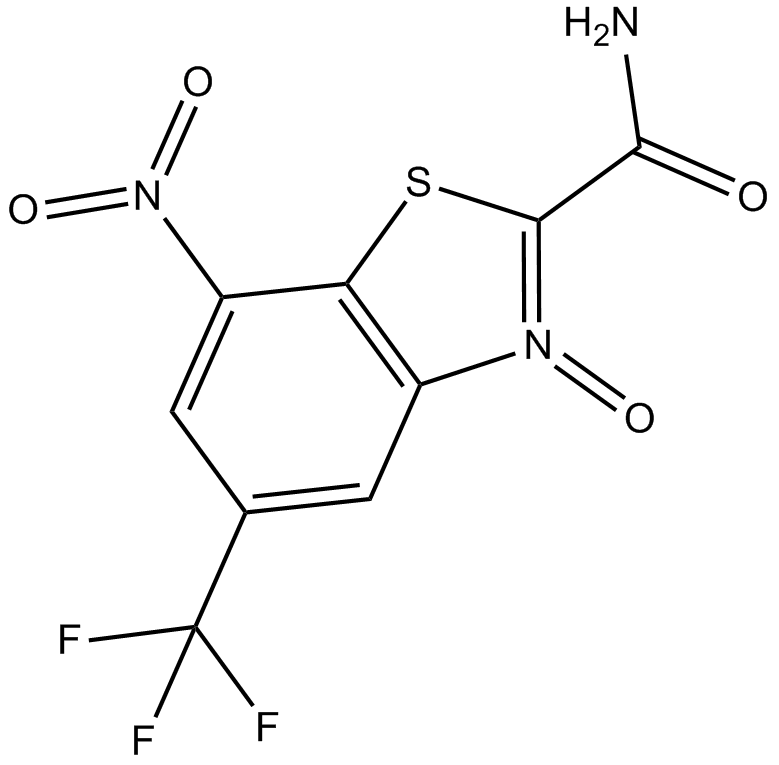
-
GC12335
GSK461364
Plk1 inhibitor
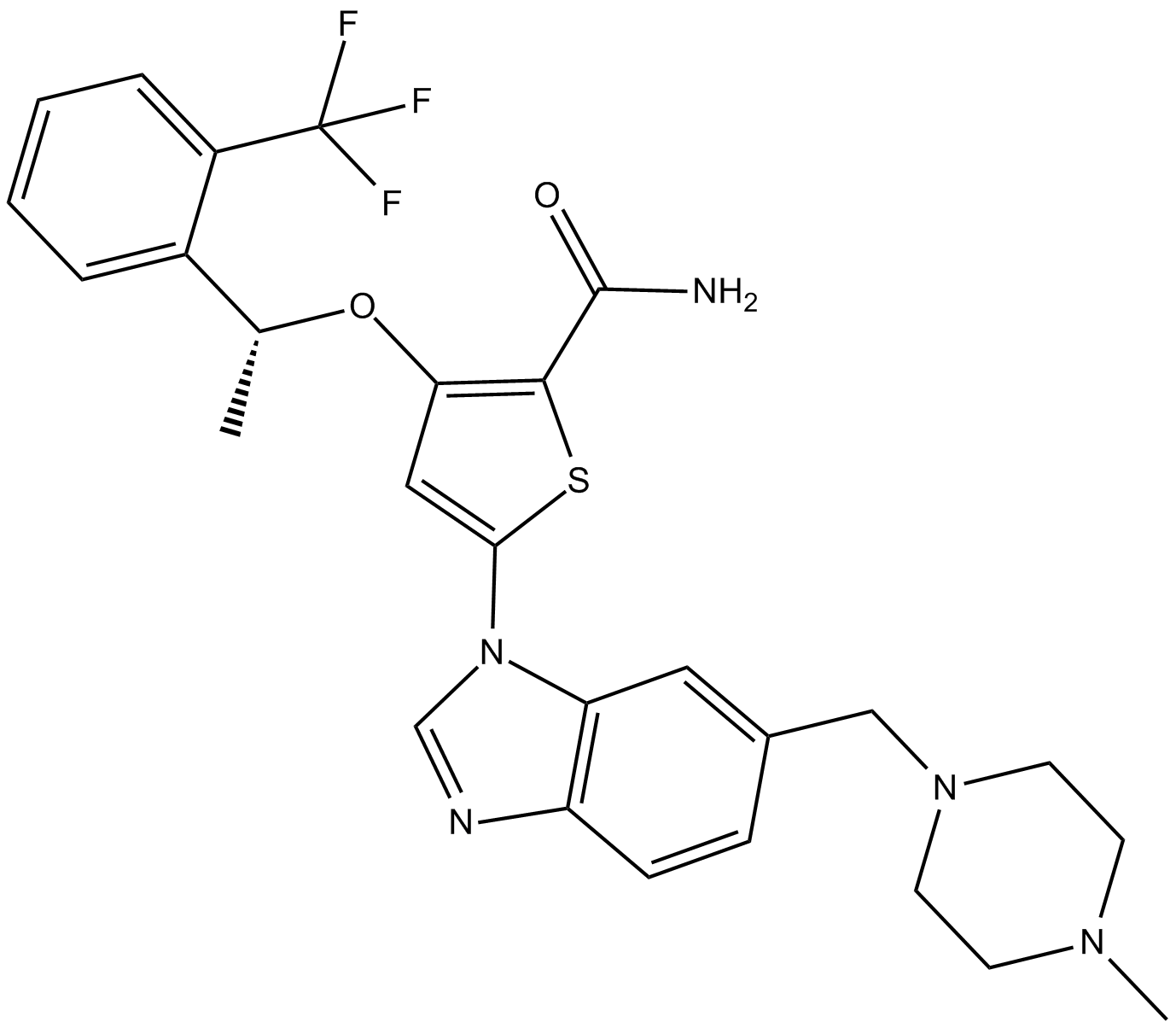
-
GC49280
GSK579289A
A Plk1 inhibitor
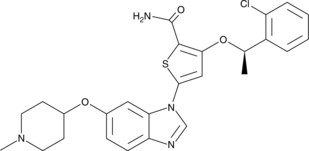
-
GC11621
GW843682X
A reversible polo-like kinase inhibitor
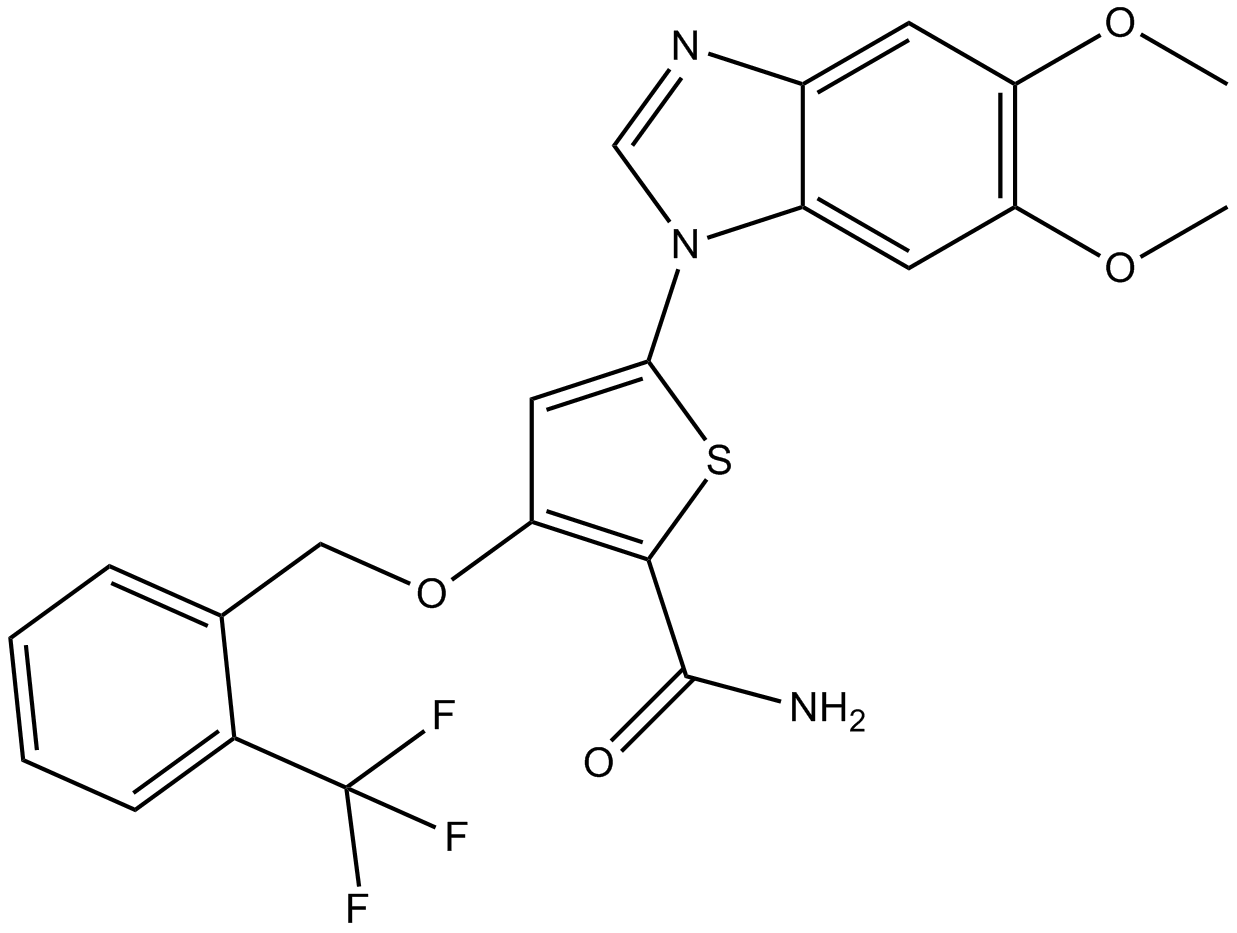
-
GC13928
HMN-214
Plk inhibitor,broad-spectrum anti-tumor agent
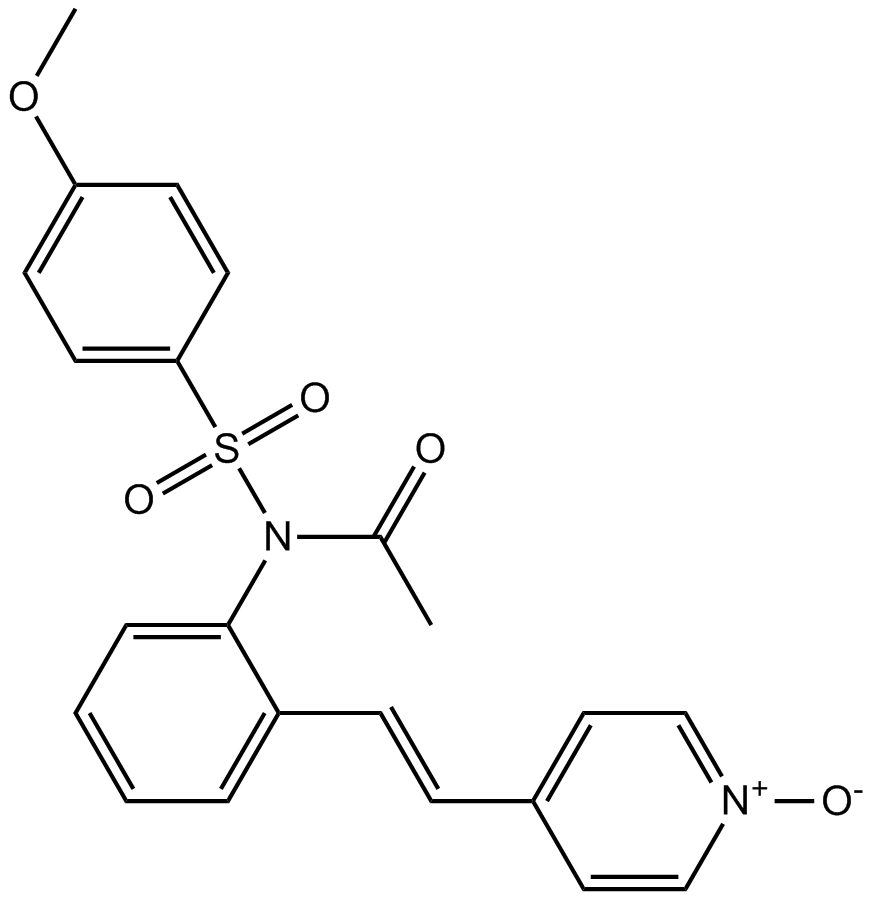
-
GC14857
LFM-A13
BTK-specific tyrosine kinase inhibitor
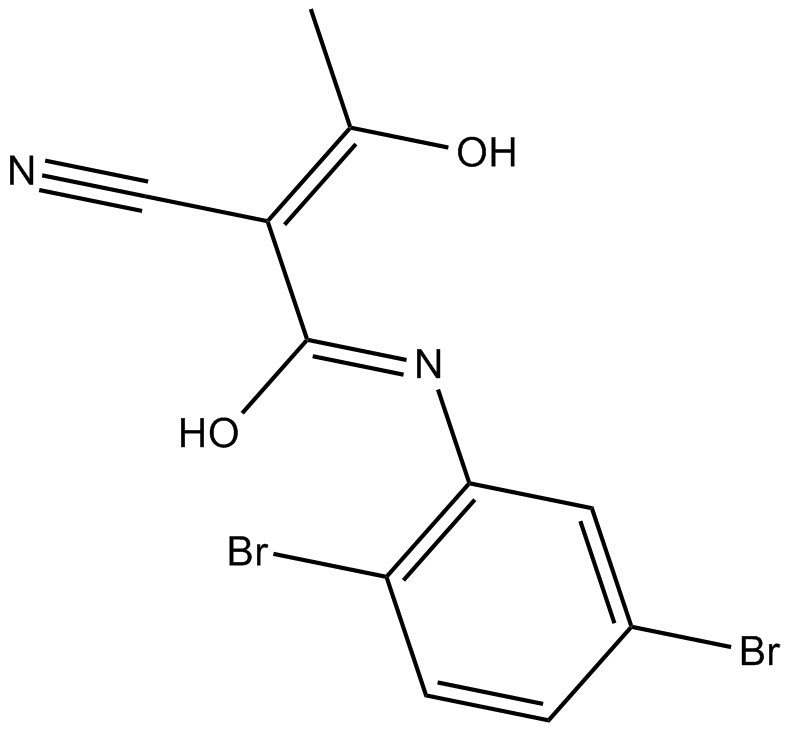
-
GC10163
MLN0905
Potent PLK1 inhibitor
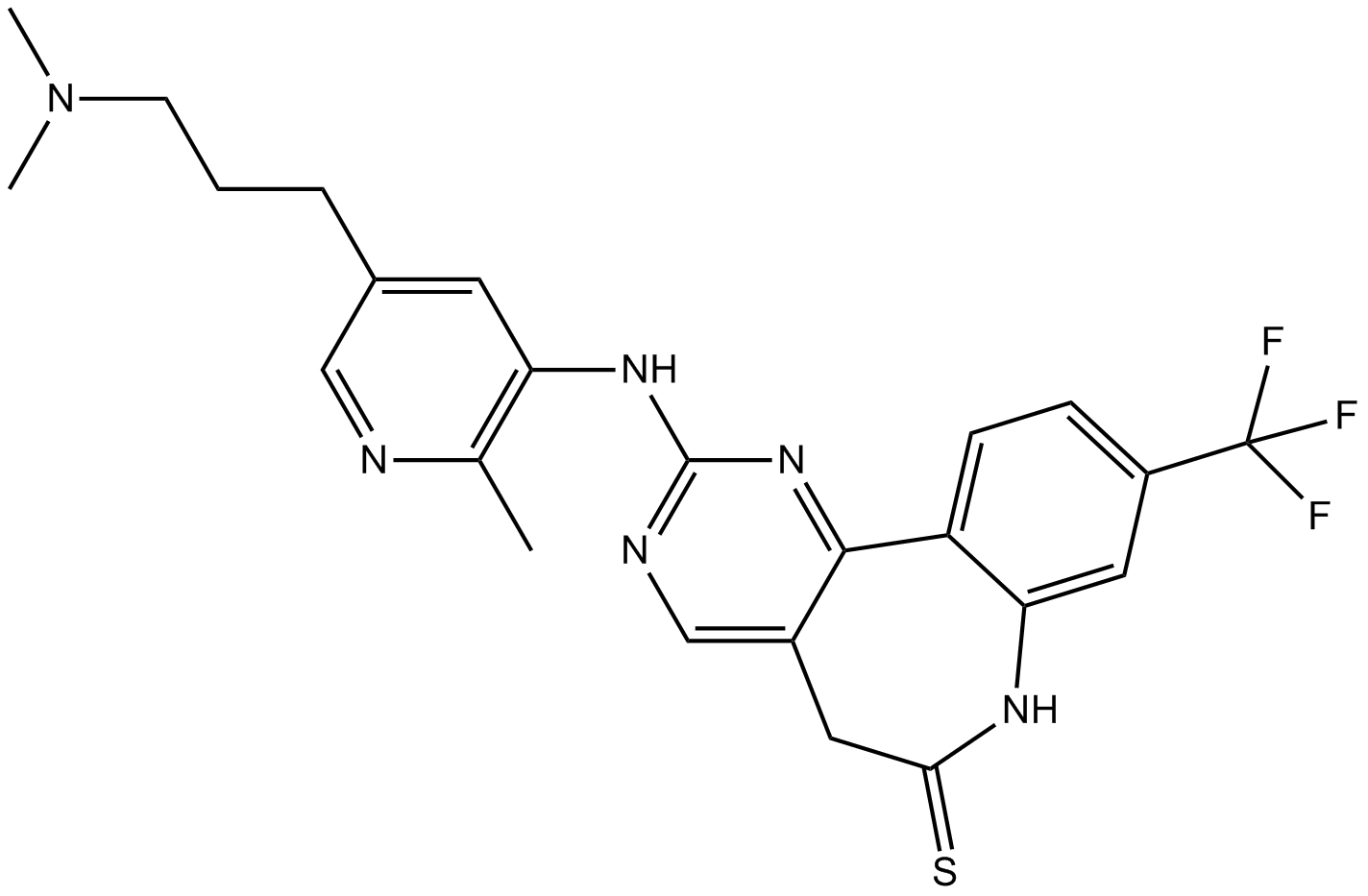
-
GC15745
Mps1-IN-2
Mps1 kinase inhibitor
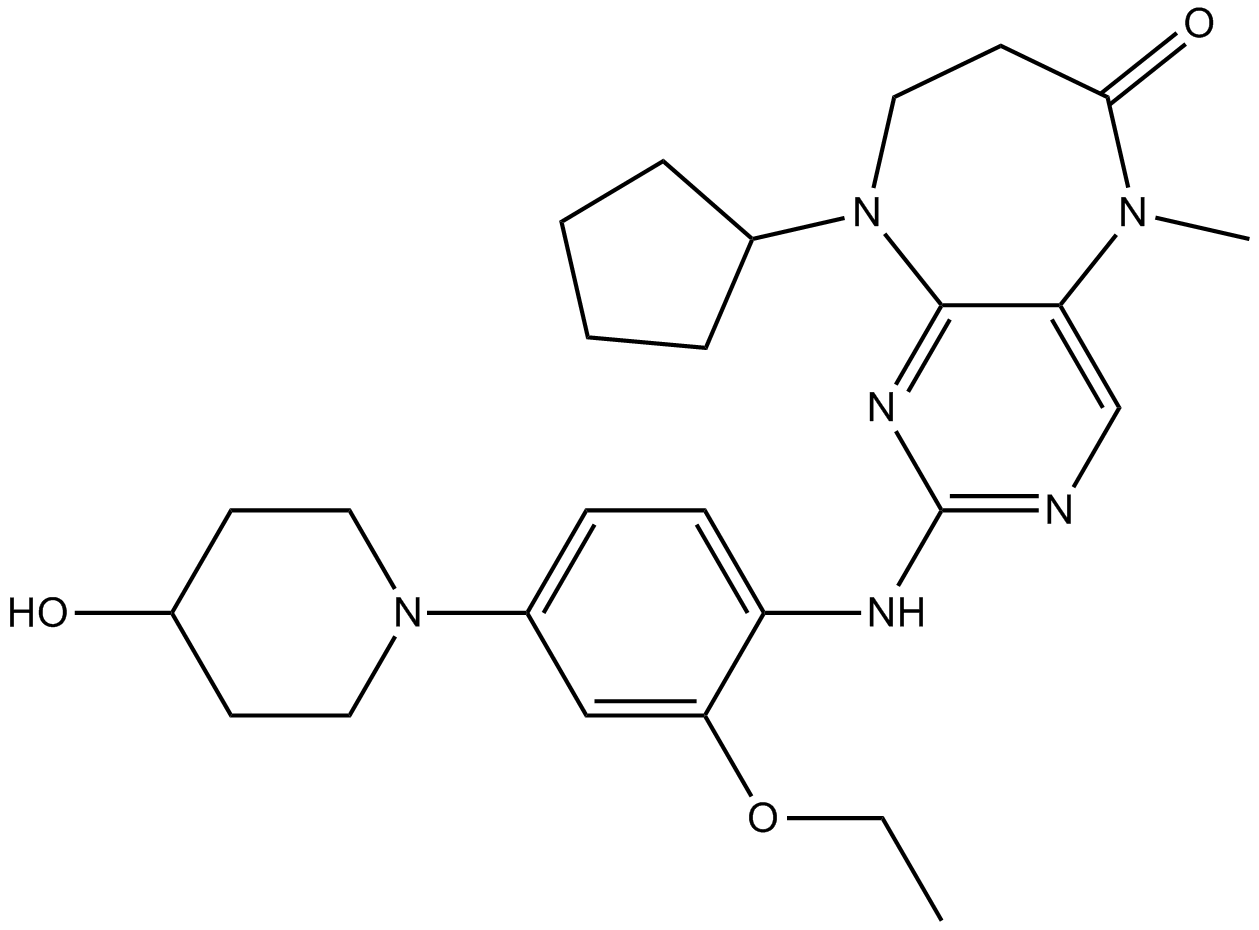
-
GC12515
NMS-1286937
NMS-1286937 is a potent, selective and orally available PLK1 inhibitor, with an IC50 of 2 nM.
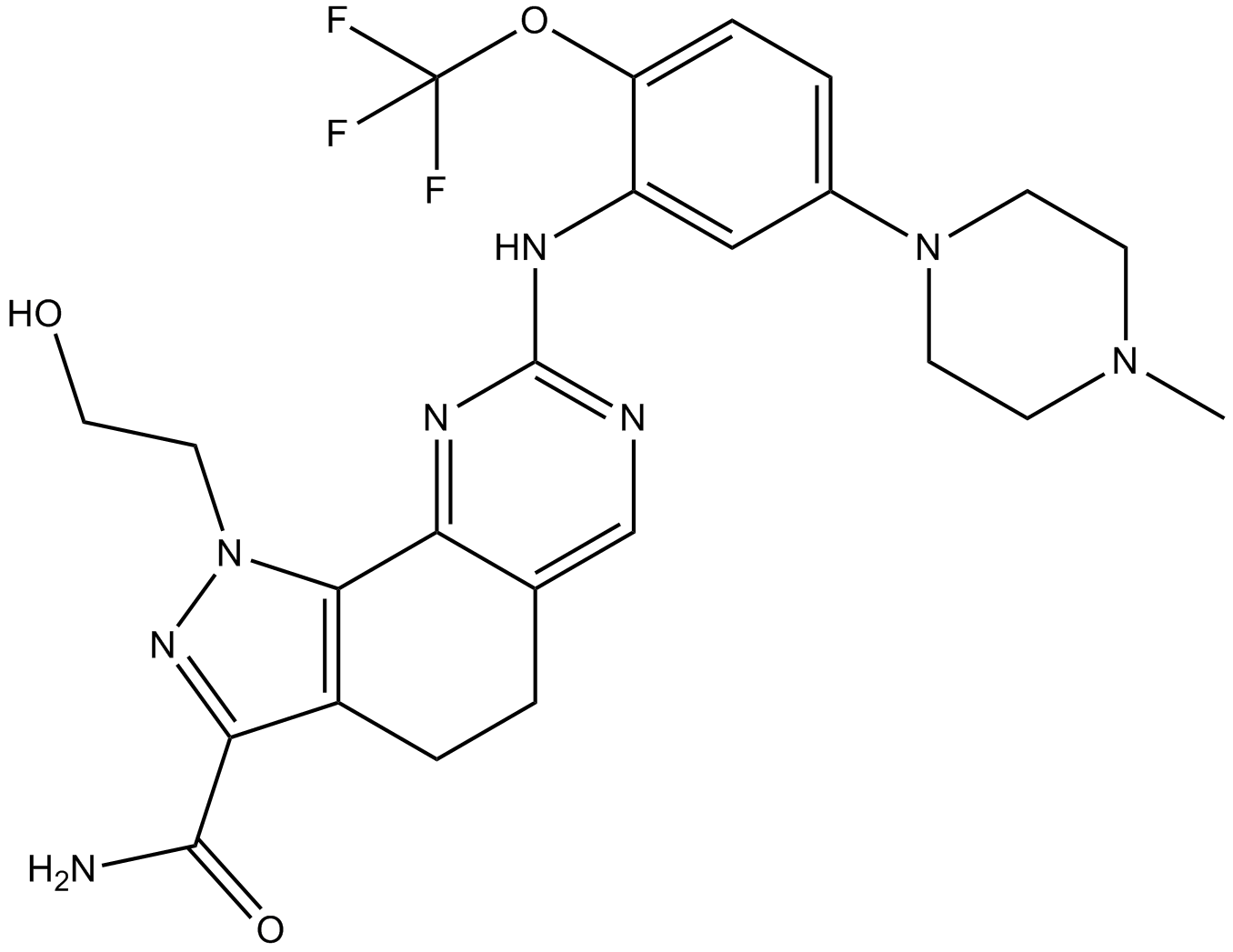
-
GC62174
ON1231320
ON1231320 is a highly specific polo like kinase 2 (PLK2) inhibitor with an IC50 of 0.31 ?M. ON1231320 blocks tumor cell cycle progression in the G2/M phase in mitosis, causing apoptotic cell death. ON1231320, an arylsulfonyl pyrido-pyrimidinone, has antitumor activity.
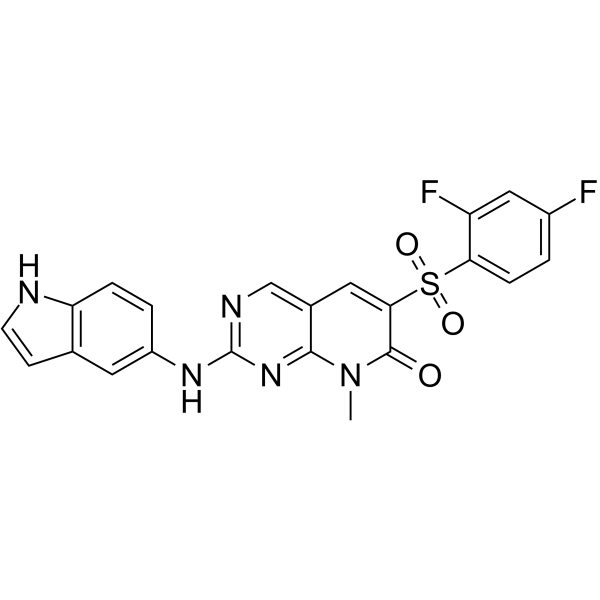
-
GC65189
PLK4-IN-1
PLK4-IN-1 (Example A6) is a PLK4 inhibitor, with an IC50 of ≤ 0.1 μM.
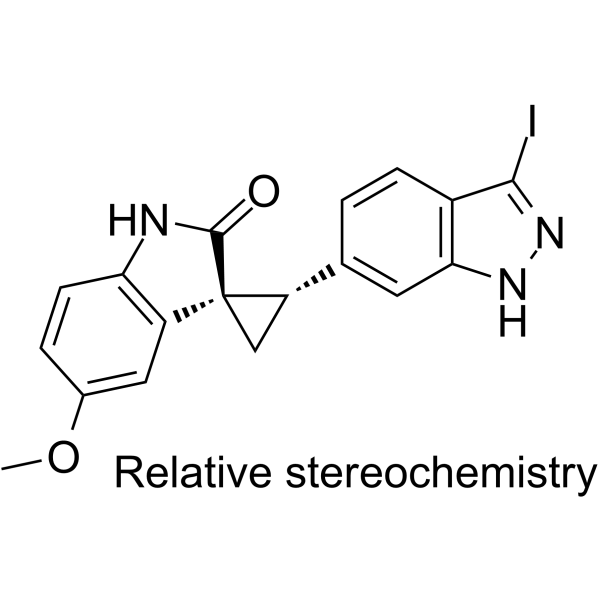
-
GC69718
Plogosertib
Plogosertib (CYC140) is a selective, potent, orally active ATP-competitive PLK1 inhibitor (IC50: 3 nM). Plogosertib is an anti-cancer agent with anti-proliferative activity and can be used for research on various tumors including esophageal cancer, gastric cancer, leukemia, non-small cell lung cancer, ovarian cancer and squamous cell carcinoma.
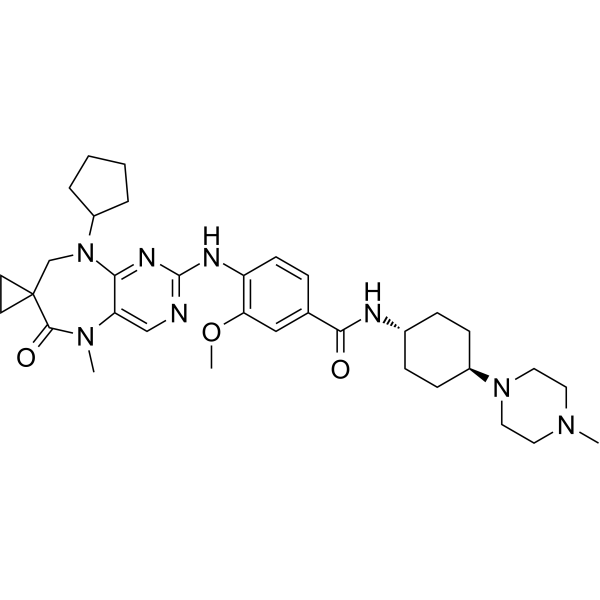
-
GC14735
Poloxime
polo-like kinase 1 (PLK) analogue
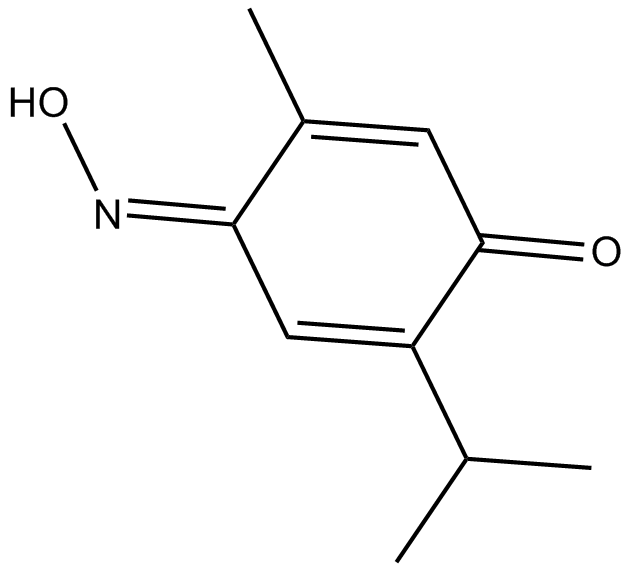
-
GC13543
Poloxin
An inhibitor of the Plk1 polo-box domain
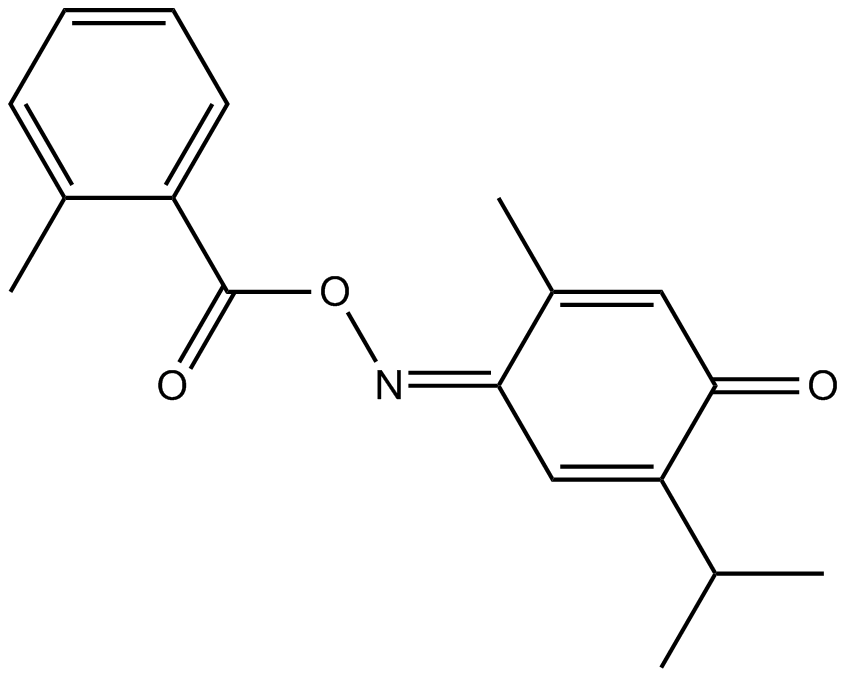
-
GC12415
Rigosertib
PI3K/PLK1 inhibitor
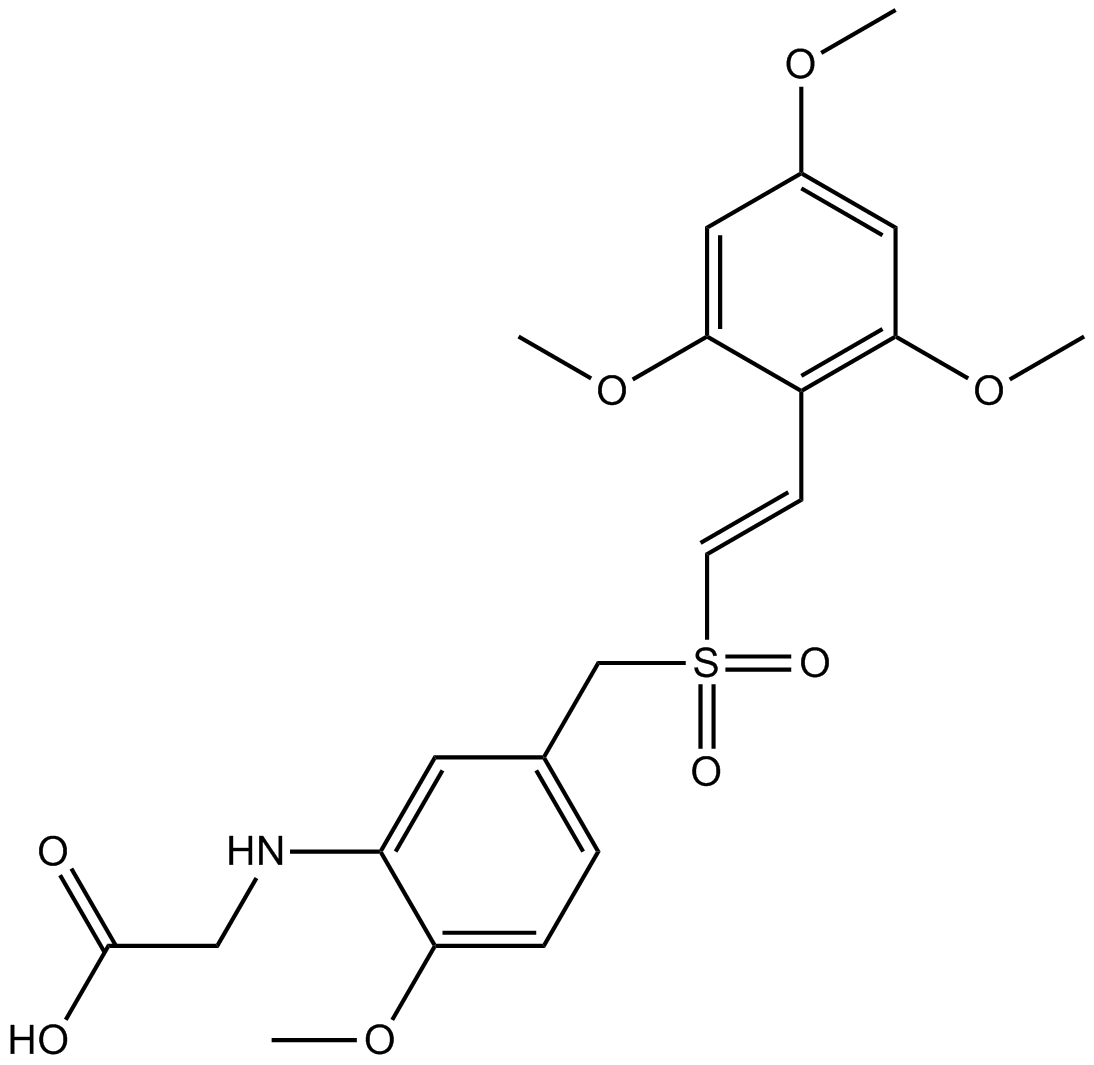
-
GC14358
Rigosertib (ON-01910,Estybon)
Plk1 inhibitor
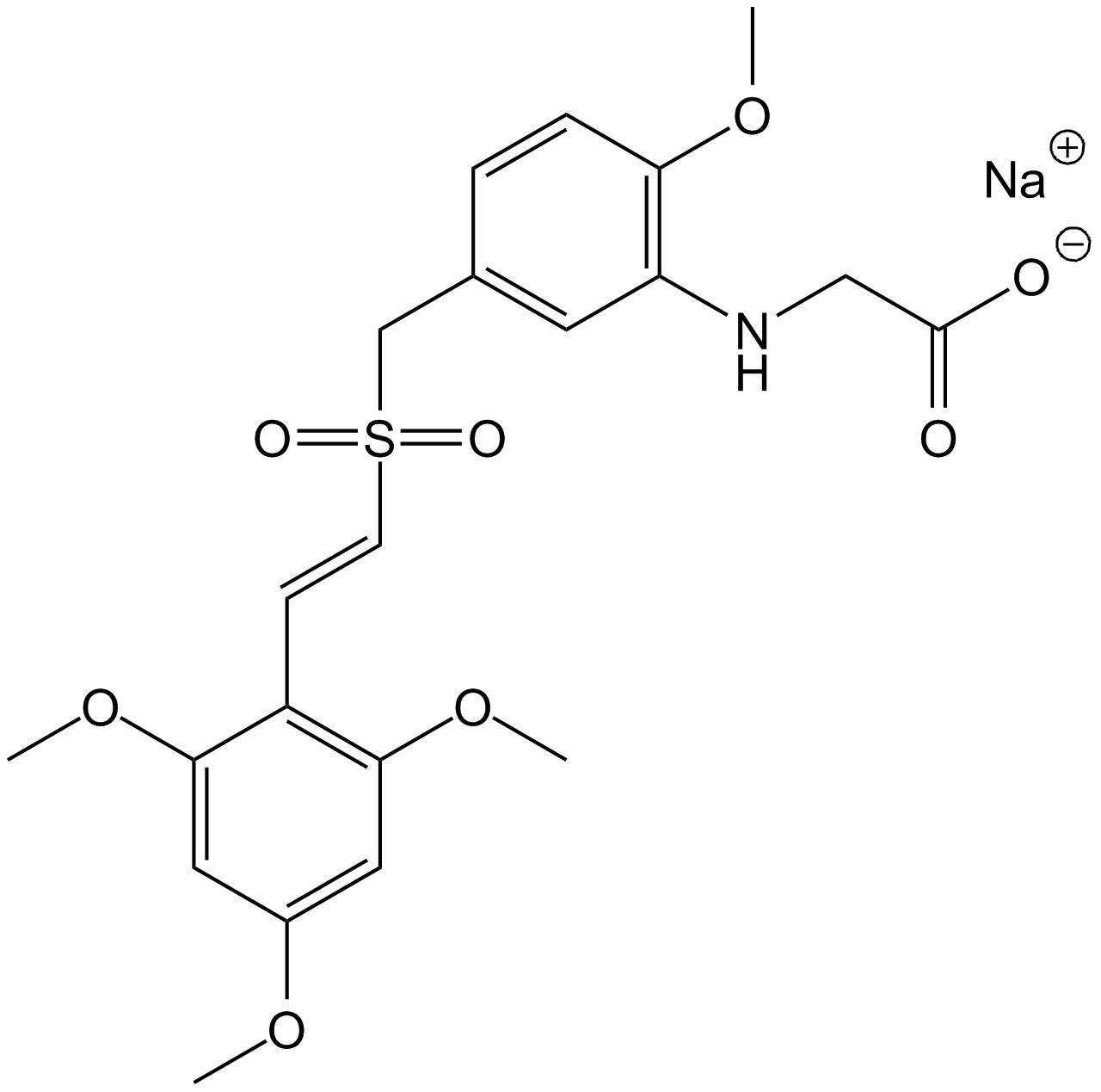
-
GC13580
Rigosertib sodium
Non-ATP-competitive inhibitor of PLK1
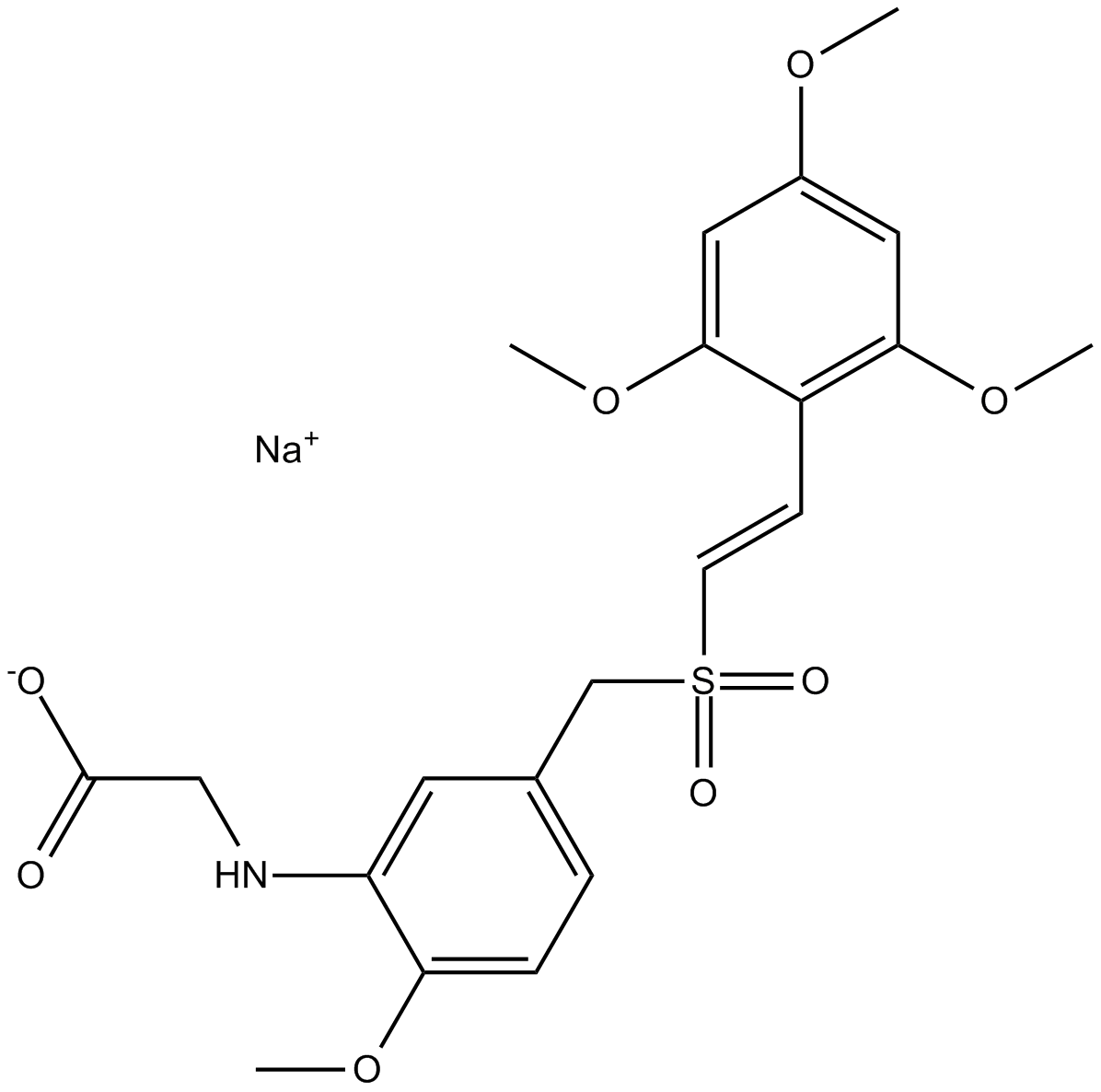
-
GC13903
Ro3280
PLK1 inhibitor,potent and highly selective
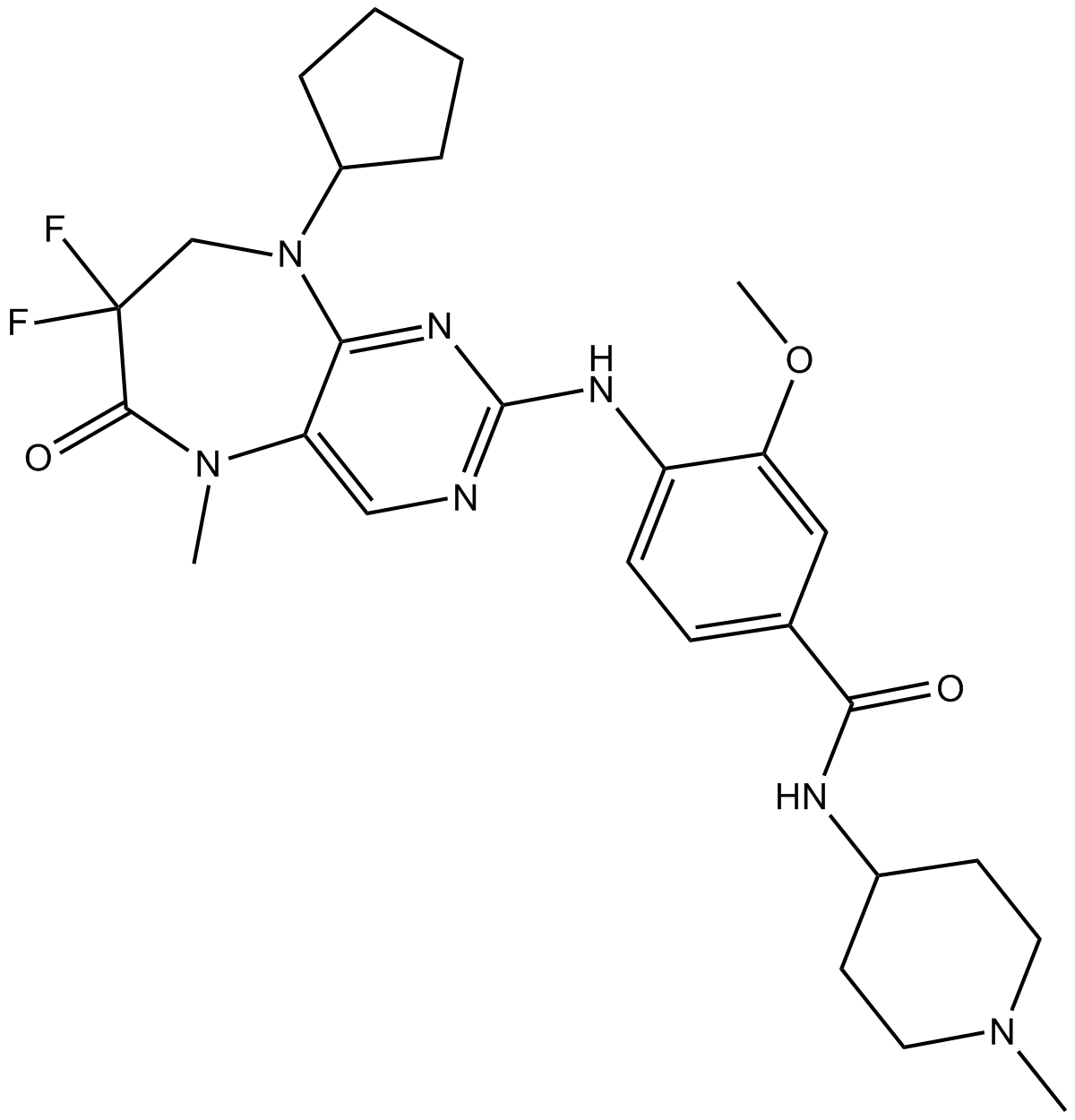
-
GC14644
SBE 13 HCl
SBE 13 HCl is a potent and selective Plk1 inhibitor, with an IC50 of 200 pM; SBE 13 HCl poorly inhibits Plk2 (IC50>66μM) or Plk3 (IC50=875nM).
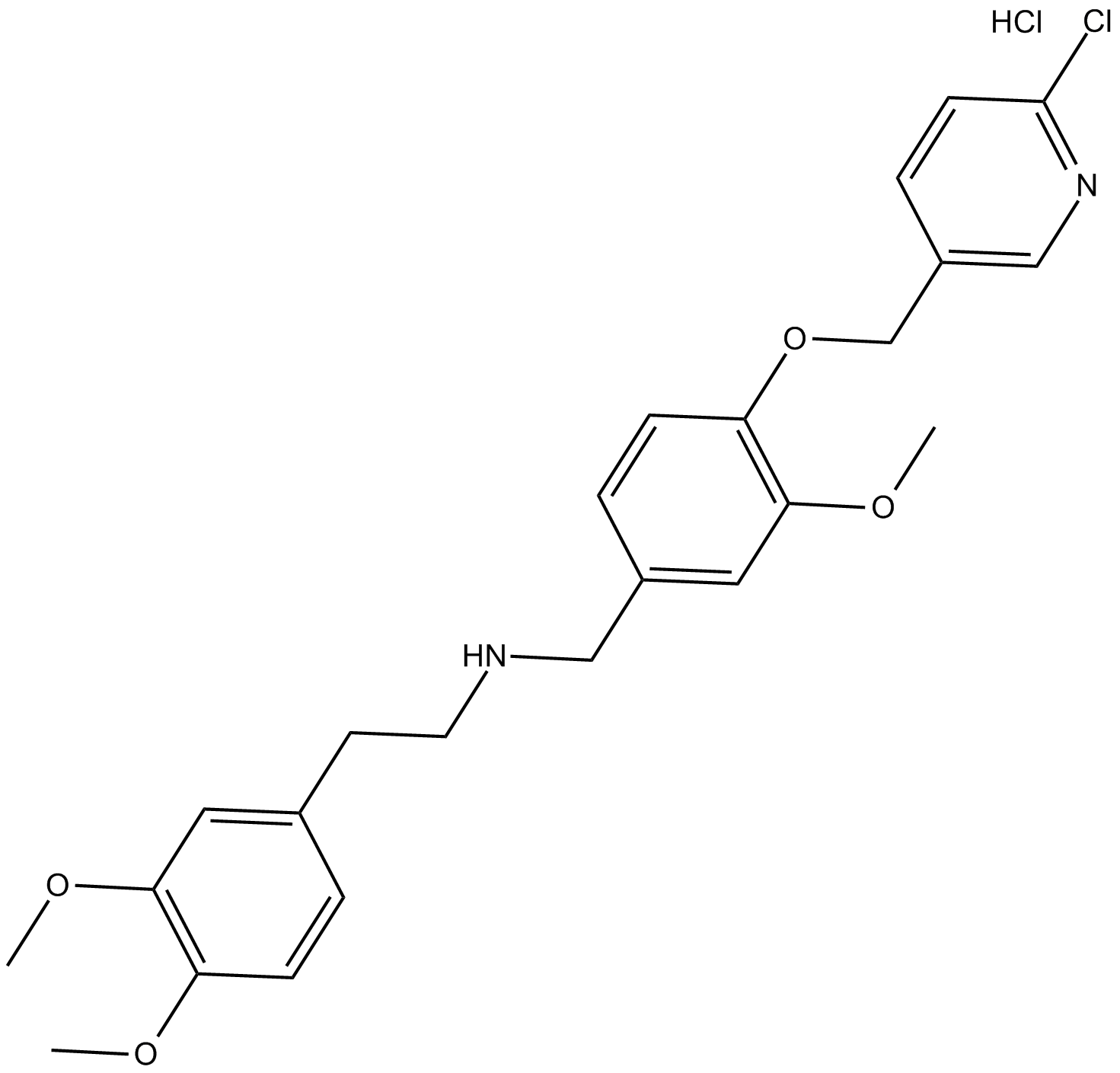
-
GC37601
SBE13
SBE13 is a potent and selective Plk1 inhibitor, with an IC50 of 200 pM; SBE13 poorly inhibits Plk2 (IC50>66?μM) or Plk3 (IC50=875?nM).
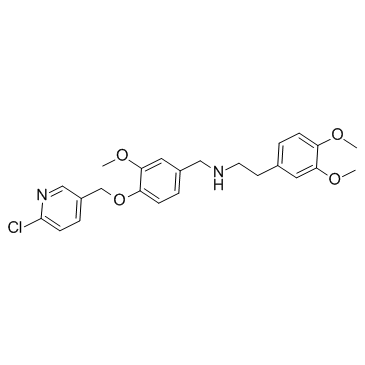
-
GC37725
TAK-960 dihydrochloride
TAK-960 dihydrochloride is an orally available, selective inhibitor of polo-like kinase 1 (PLK1), with an IC50 of 0.8 nM. TAK-960 dihydrochloride also shows inhibitory activities against PLK2 and PLK3, with IC50s of 16.9 and 50.2 nM, respectively. TAK-960 dihydrochloride inhibits proliferation of multiple cancer cell lines and exhibits significant efficacy against multiple tumor xenografts.
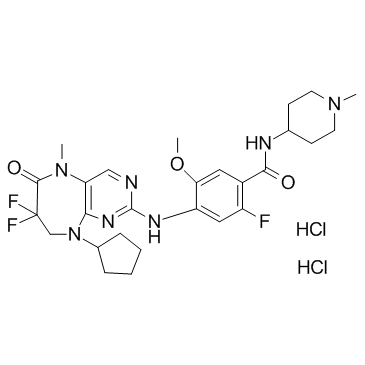
-
GC37726
TAK-960 hydrochloride
TAK-960 hydrochloride is an orally available, selective inhibitor of polo-like kinase 1 (PLK1), with an IC50 of 0.8 nM. TAK-960 hydrochloride also shows inhibitory activities against PLK2 and PLK3, with IC50s of 16.9 and 50.2 nM, respectively. TAK-960 hydrochloride inhibits proliferation of multiple cancer cell lines and exhibits significant efficacy against multiple tumor xenografts.
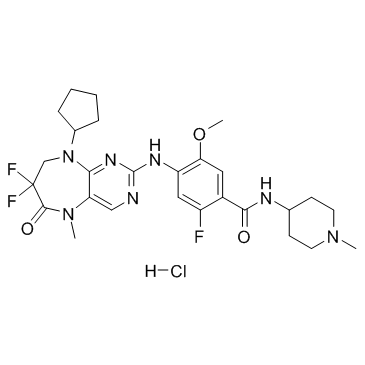
-
GC10773
TAK960
Oral and selective PLK1 inhibitor
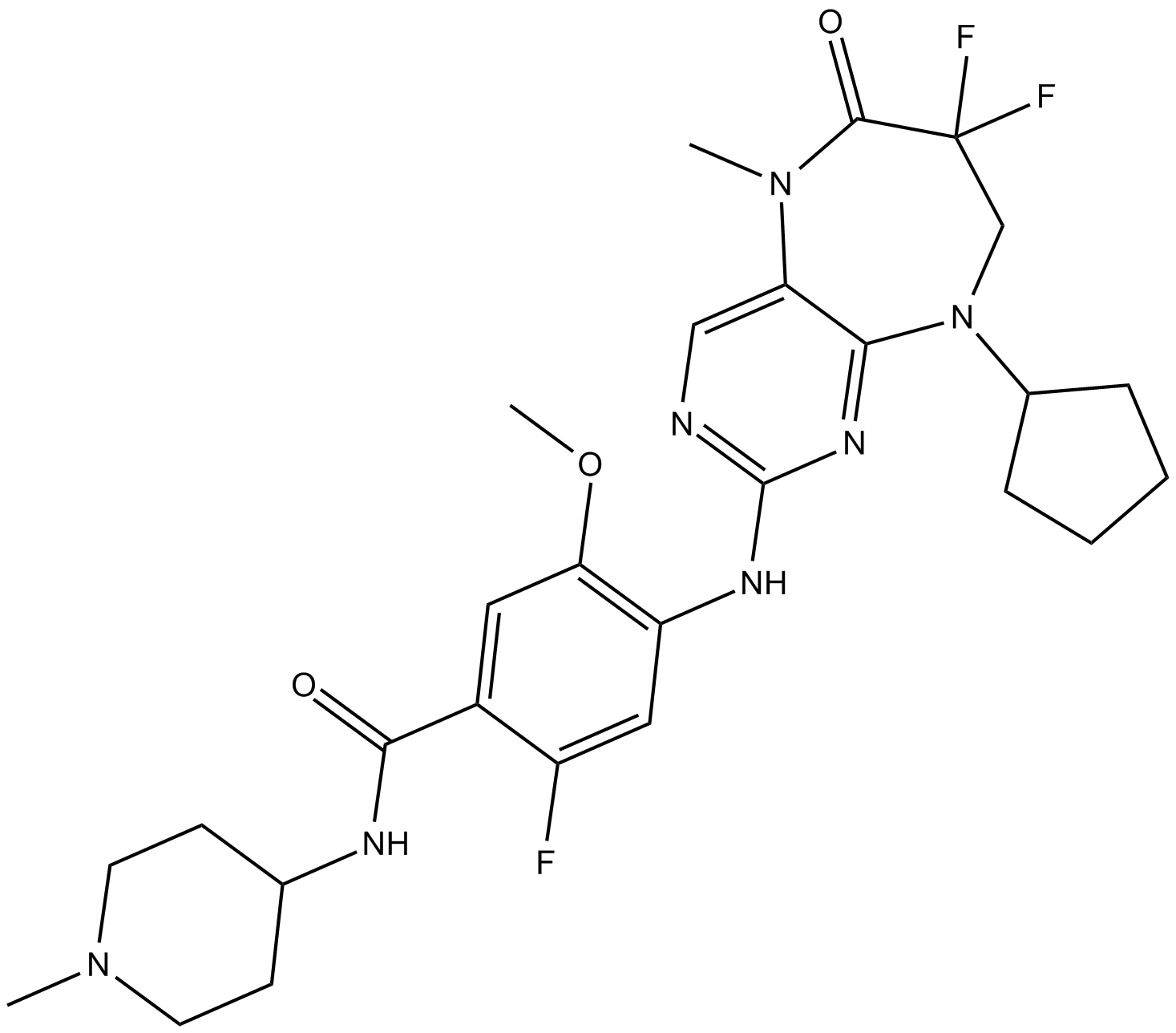
-
GC16771
TC-S 7005
polo-like kinase 2 (PLK2) inhibitor
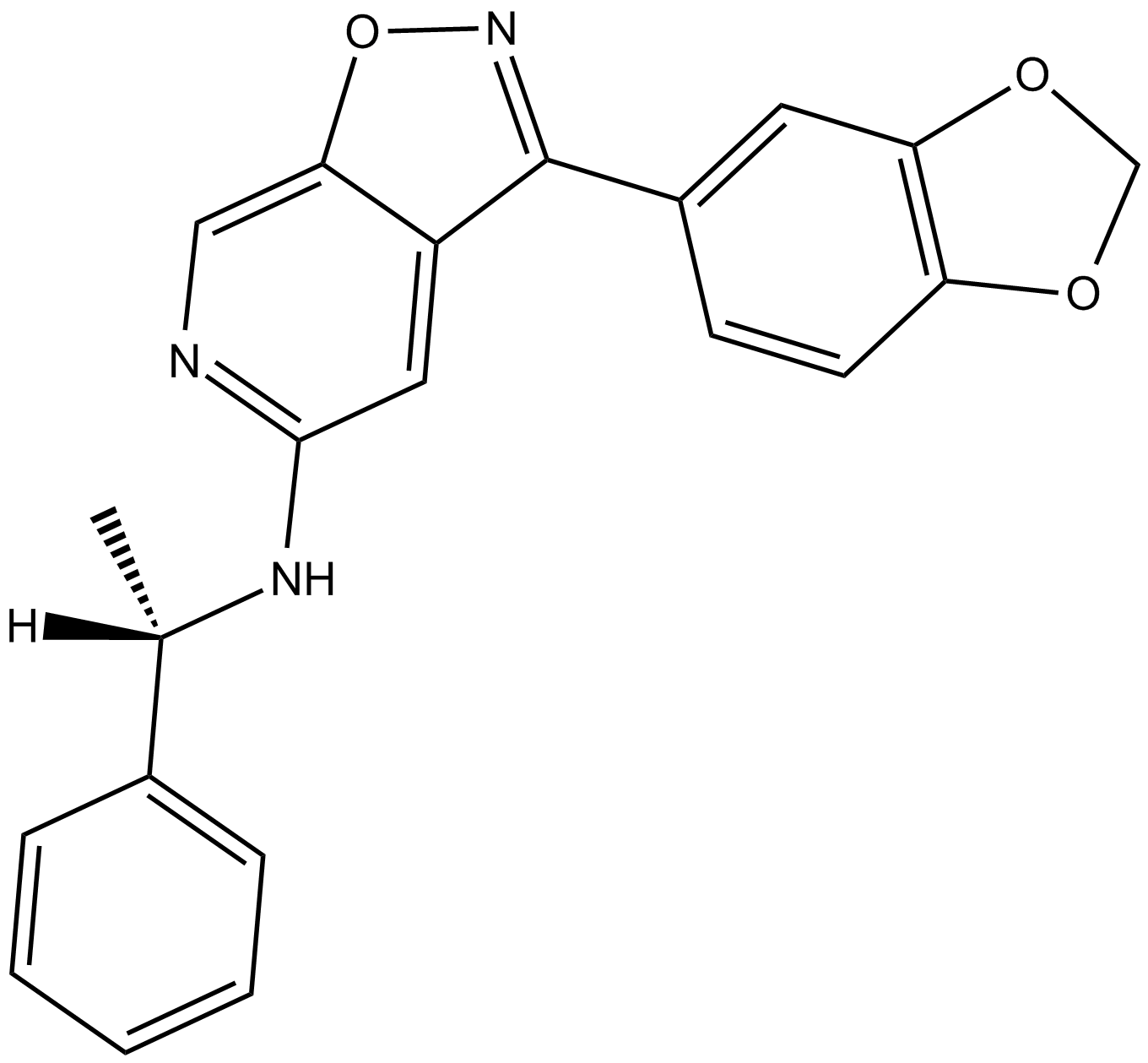
-
GC12338
Wortmannin
Wortmannin is a highly potent direct inhibitor of PI3-kinase specificity originally derived from fungi (1,2).
